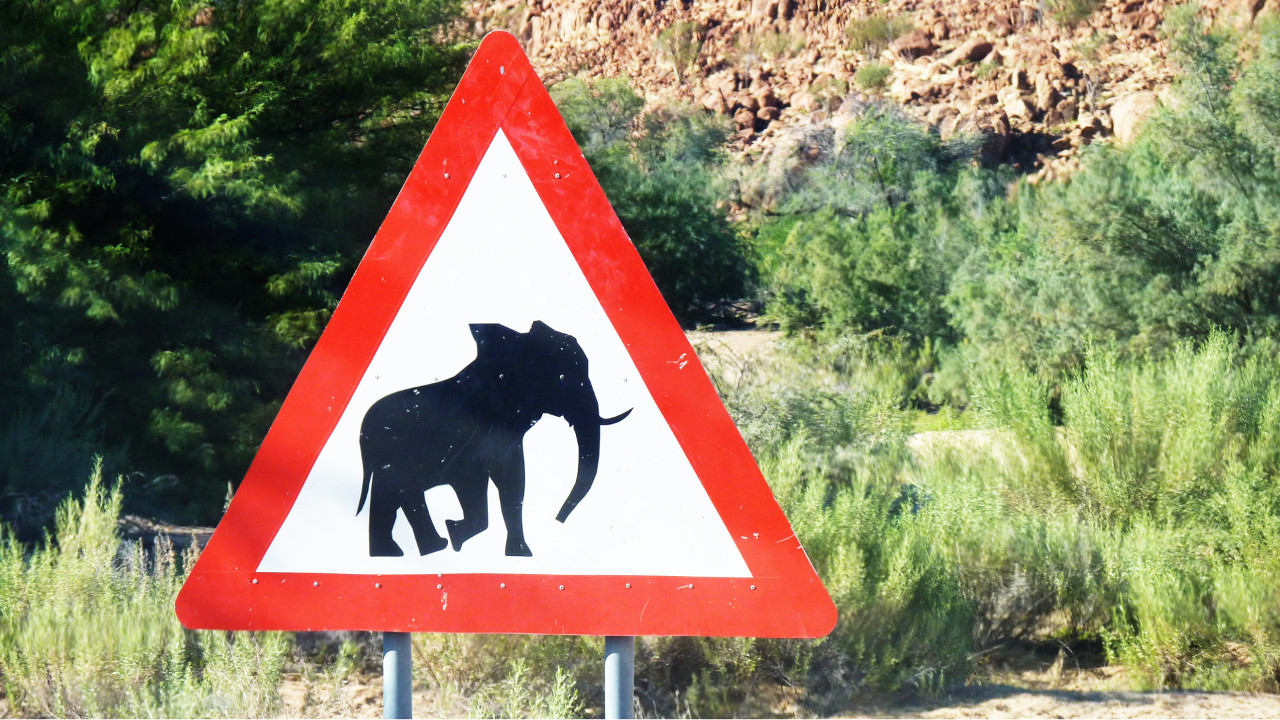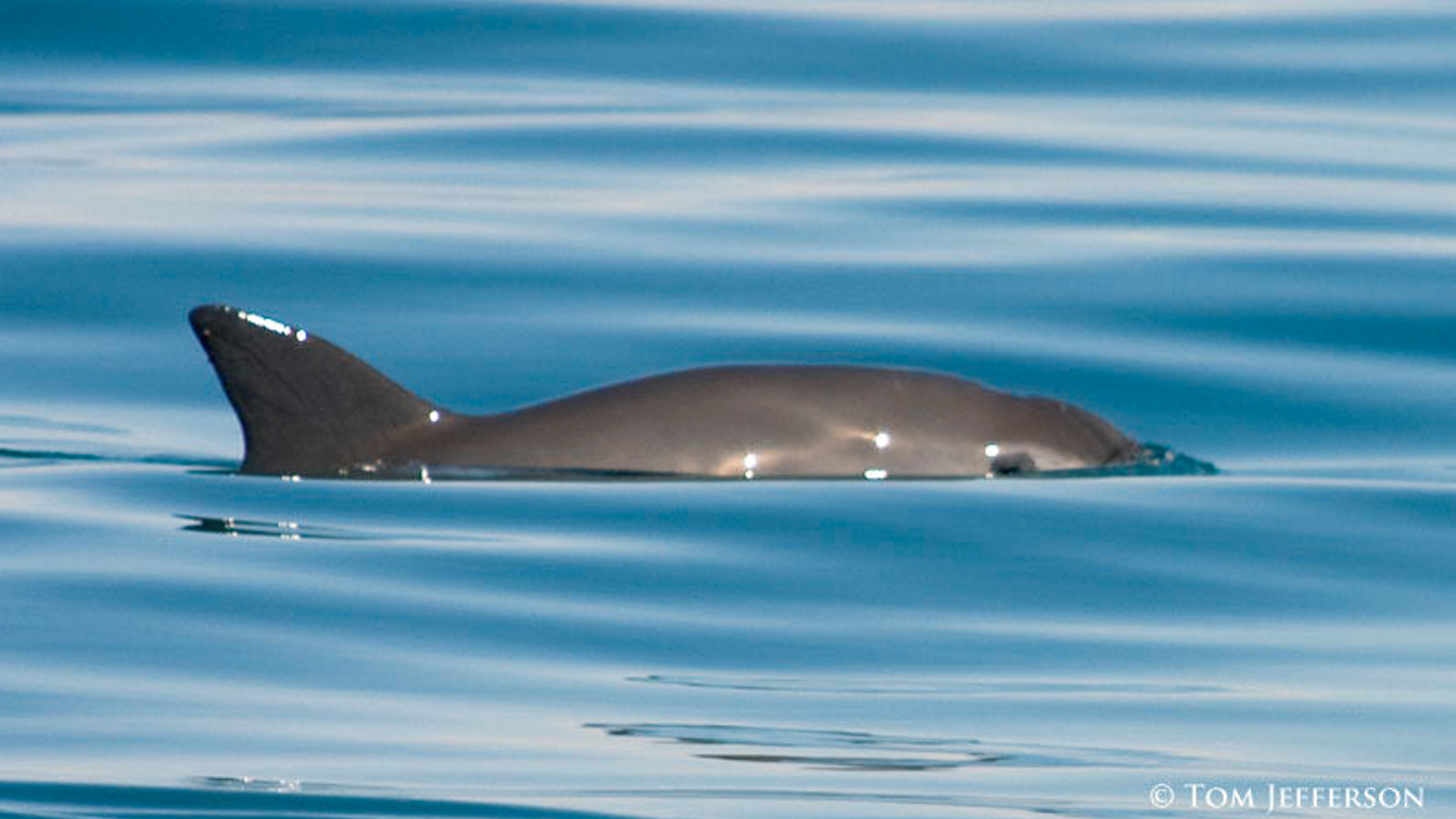Cecil the Lion Redux
Two years after the infamous shooting of Cecil the lion in Zimbabwe, one of his sons has also been shot and killed. Xanda, a six-year-old father with his own cubs, wandered outside of protected Hwange National Park earlier this month and was legally shot by a trophy hunter. Like Cecil before him, Xanda carried a radio collar as part of a long-term scientific research effort. Conservationists now fear that Xanda’s seven cubs could die as other males vie to take over for the late pride leader.






